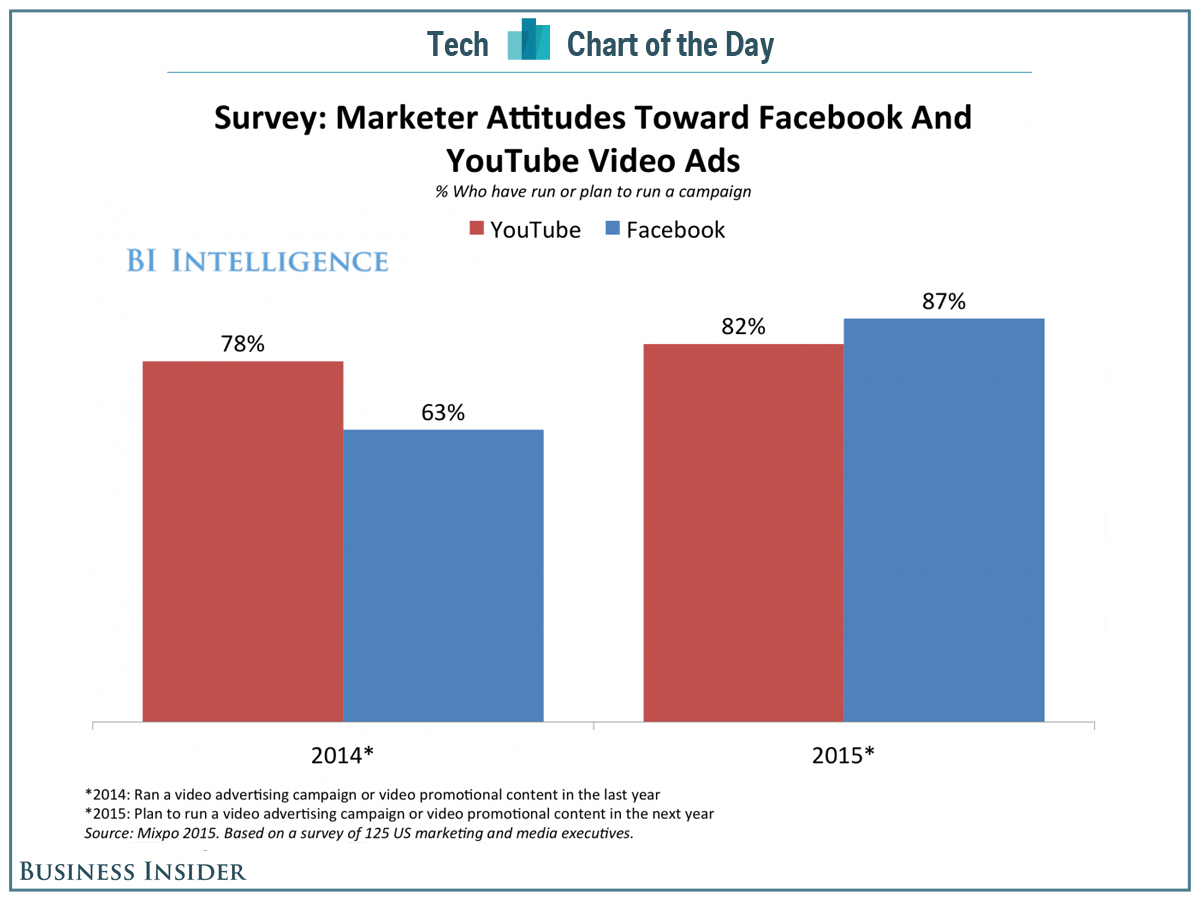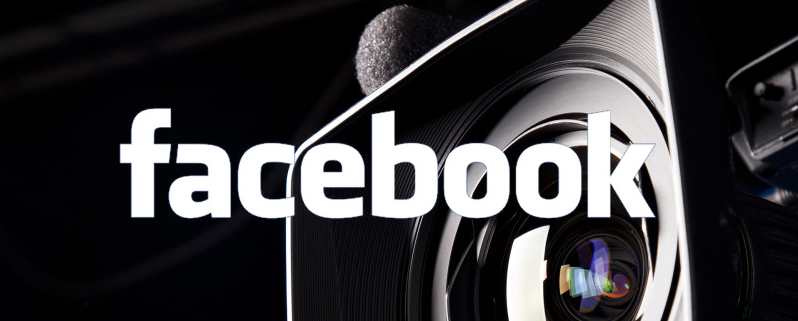Forget the old conventional wisdom that most page posts on Facebook contain images and think links, at least in terms of volume. …
Advertisers Flock To Facebook Video
Videos on Facebook now get 4 billion daily views, almost four times the figure from a year ago, according to …
Massive Opportunity – Facebook Video Ads
Massive Potential Awaits Canadian Advertisers With Facebook Video Ads Canada loves it’s internet… and it’s social media. In fact, Canada …
Why Online Video Needs To Be In Your 2015 Budget
Online Video needs to be in your budget in 2015 & beyond. Here’s why: Digital has surpassed all forms of …
Want customers to remember you? Social video is the key
The explosion of the ‘social’ Internet has provided content creators, marketers and advertisers with a cost effective way to distribute …




